Outdoor furniture with a strong character and infinite variability that can create a setting for valuable human encounters. One of the main features of CoTangens is that its components can be recycled and the upholstery is made from a special material. This unique furniture range has been born from the collaboration of a professional manufacturer and a designer in the design LAB incubation program launched by the Hungarian Fashion & Design Agency. We talked to furniture designer Sára Kele about sustainable materials, product development and the importance of teamwork.
Sára Kele is a very curious person: research is her calling. She believes that environmental awareness and sustainability are important values, and she puts them at the forefront not only in her design philosophy, but also in her everyday life. Sustainability, she says, is not really a goal but rather an attitude or lifestyle that guides all our decisions. Whether designing objects or furniture, she approaches their creation as part of a whole, so her projects are defined by a conceptual mindset and a reflection on a situation or problem. This was no different in creating the CoTangens outdoor furniture range, the result of a collaboration with Rotte Ltd. Interview!
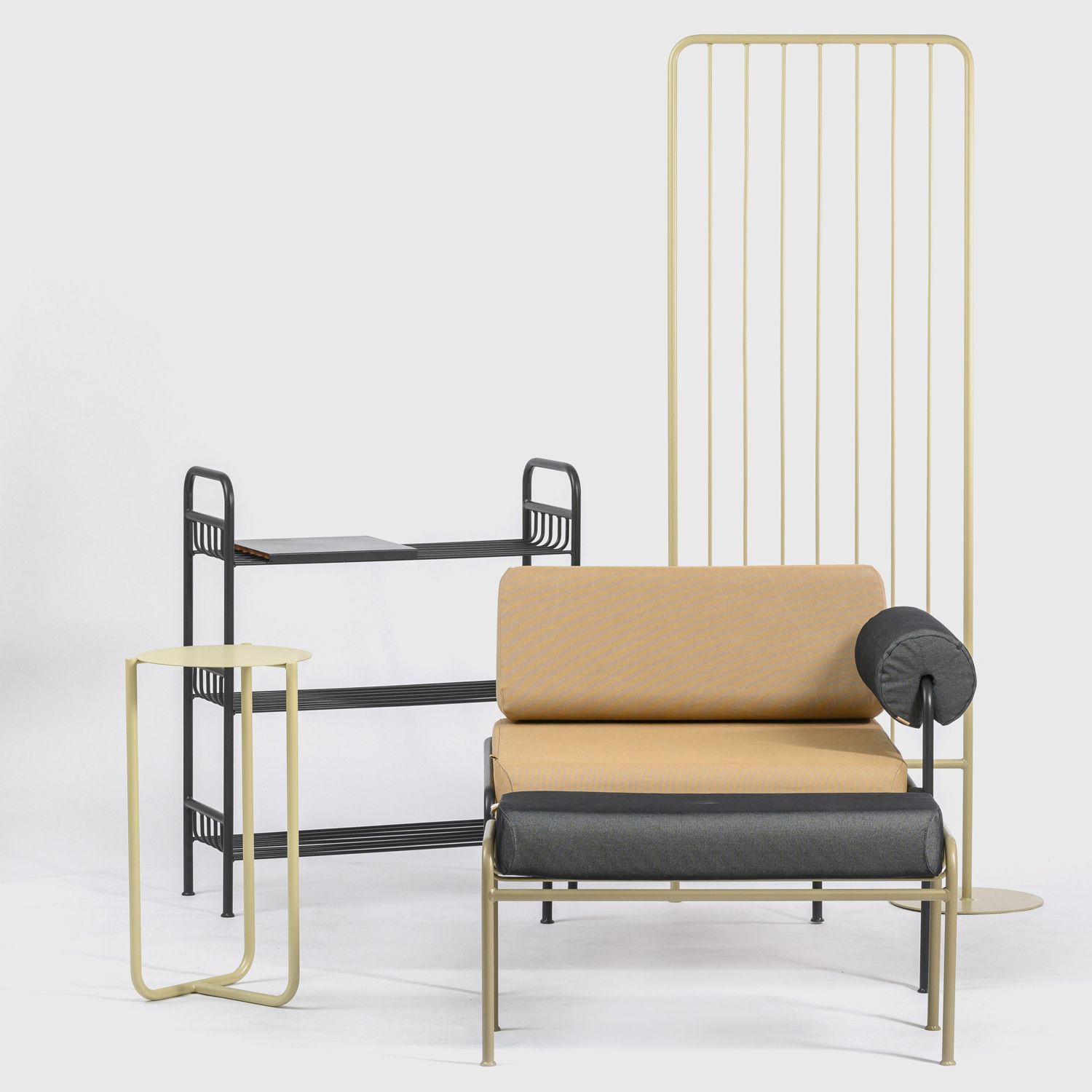
It’s not the first time you’ve participated in the design LAB program. In the previous round, you were also working with Rotte Ltd. Please tell us about your collaboration: why did you decide to apply together again?
Previously, we partnered with Rotte Ltd. to create the Tangens furniture range, which was a great success. This success was also a result of the good teamwork that developed between us. After having spent the first few months getting to know each other, we were able to complement each other well with the Rotte members and we were also able to connect on an ideological and conceptual level. Our cooperation was a fruitful process: maybe this is also why the same energy came back from outside.
Many architects, interior designers, project managers and companies who participated in various exhibitions have also asked whether the Tangens range can be used outdoors. So we felt a very strong need to create an outdoor version of Tangens, and we were keen to continue working on it.
The brother of the Red Dot award-winning Tangens furniture collection was eventually named CoTangens. The former concept was born in response to the pandemic, and it was a reaction to the lack of human contact and the home office phenomenon. For your new joint project, CoTangens, what was the starting point and concept behind the design?
With the pandemic, much of our communal living space has been restricted to the outdoors: we wanted to recognize this and create an outdoor version of the Tangens communal furniture. This is where the name of the new range, or the “Co” prefix comes from: it reflects the words Communication, Cooperation and Companion.
For CoTangens, it was also important to keep the core values of Tangens, such as variability and sustainability, so it was an interesting challenge for me to design furniture that retains the character of its predecessor but is not the same, a new version is created. Placed side by side, the two pieces of furniture reveal differences in subtle similarities, such as the different frame structure, which conceptually follows the hugging structure of the Tangens’ curved tubular frame. Given its outdoor function, I also thought it important to give it a graphic character in its design: like the Tangens, the CoTangens does not overwhelm its environment either, but its openwork structure still creates an exciting play of light and shadow.
The furniture collection is intended for outdoor semi-covered or open areas of any public institution, offices, or hotels, but it also works well on the terrace of cafés. We receive many requests for private use, as well.
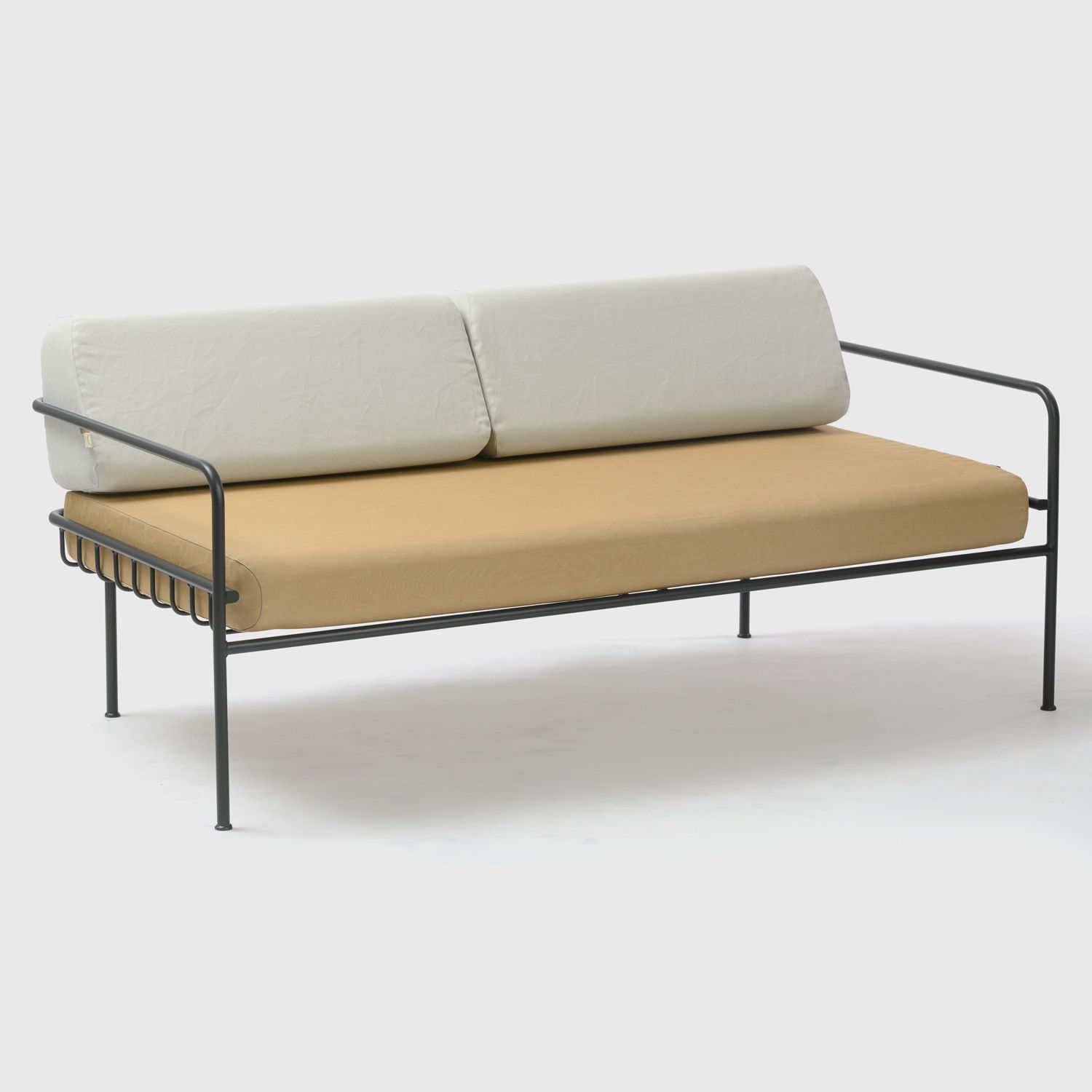

How did the development process work? What were the main areas of improvement during the creation of CoTangens?
As I referred to earlier, it was exciting to jump into the development with a strong vision but still have to start from almost scratch on the technical side. But not from the point of view that I knew the factory and the machinery well, or the possibilities and limitations of, for example, the pipe bending machine or the pipe laser. In this sense, there were far fewer questions.
On the other hand, I have never designed dedicated outdoor furniture before and an outdoor object has to meet a lot of requirements, such as durability and resistance. Thus, material selection and research was a major part of the development process: the support structure, the sponge and the outer upholstery were also subject to experimentation.
When looking for new materials, we have to keep in mind the marketability of certain types of materials or whether they will work for mass-produced products: this can be a limiting factor, but it is what makes the process really exciting. In terms of sustainability, for example, in the case of sponges, we have seen materials such as sponge foam made from algae powder, which is currently used for shoe soles. Finally, we chose coconut fiber for the internal structure of the furniture range. The materials research also involved the team of the materiO’ database: they helped us identify some of the sponge alternatives. For the metallic structure, we also experimented with aluminum, stainless steel and exterior color-treated steel. After taking into account the factory logistics, production time and costs, we designed an outdoor color-coated version.
Textile-wise, you have also chosen a special material.
I have always been attracted to natural materials and I am very interested in how to make something sustainable and durable at the same time. After a long research on materials, many exciting alternatives for upholstery came up, such as vegan leathers made from coconut, pineapple, grapes, or kombucha. However, in most cases, these contain small amounts of plastic or other non-degradable binders for durability. That’s how we finally found a banana leaf-based durable yet degradable fabric called BANANATEX®.
The banana leaf textile is the result of a joint development between a Swiss bag brand QWSTION and a Taiwan-based yarn manufacturer. In addition to its high quality, it is coated with a natural layer of wax, giving it water-repellent properties, which is particularly important for outdoor furniture. What also made this material appealing to us is that it comes from a completely self-sustaining, natural ecosystem: banana trees are not the result of monoculture cultivation, but are grown in their natural environment, in a mixed (biodiverse) forestry. And banana trees do not need to be felled to produce the fabric, their leaves always grow back, so the land is not eroded.
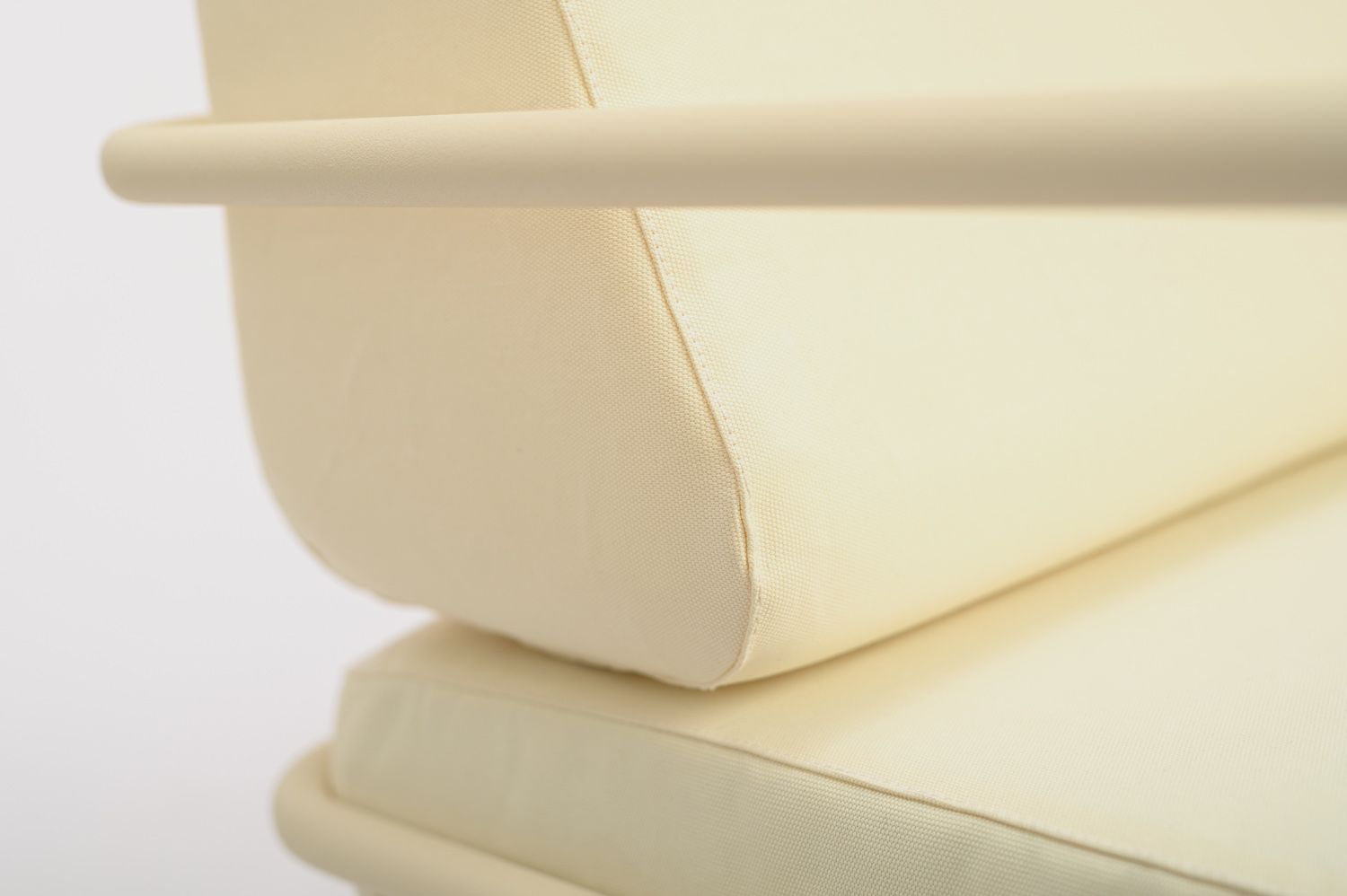
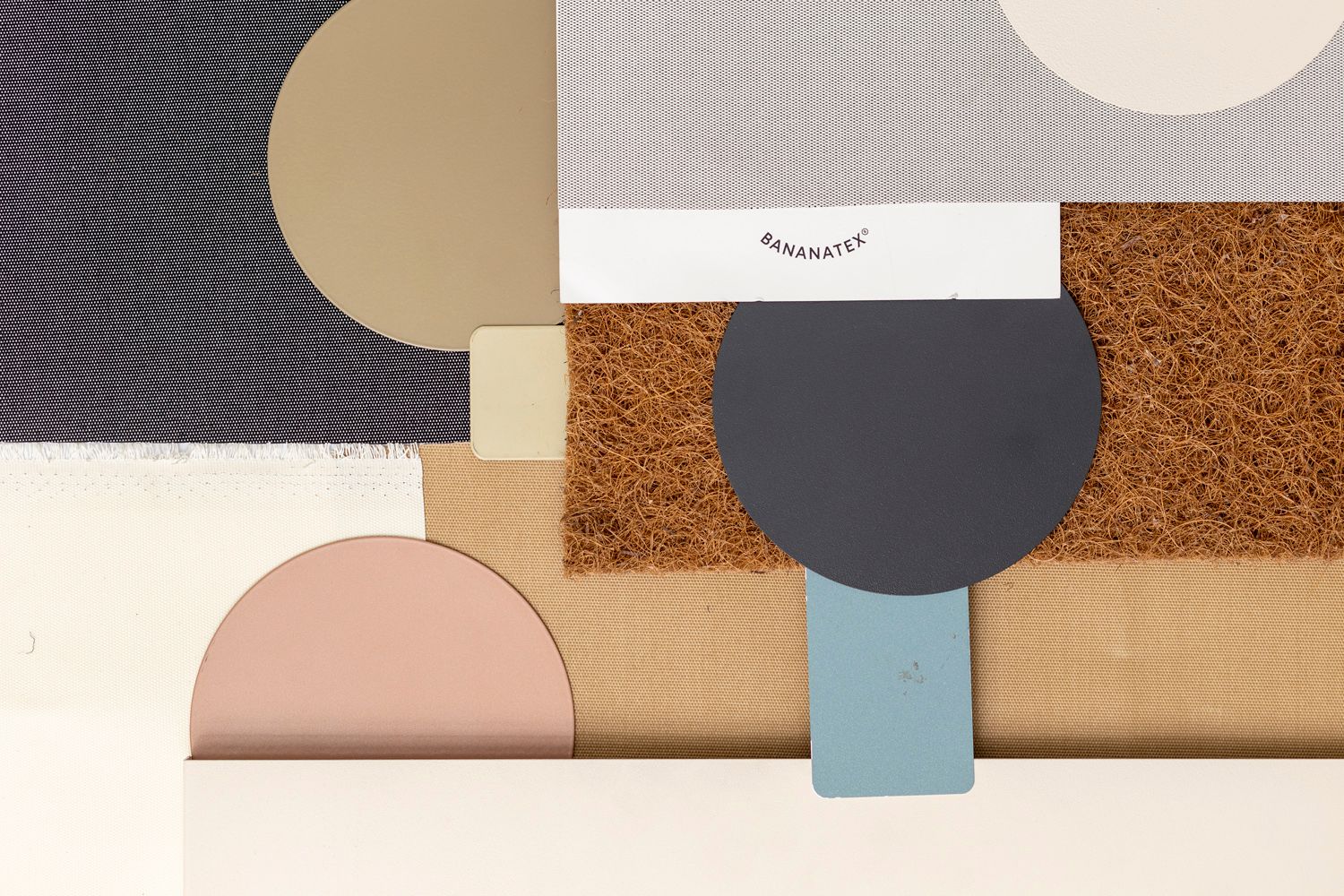
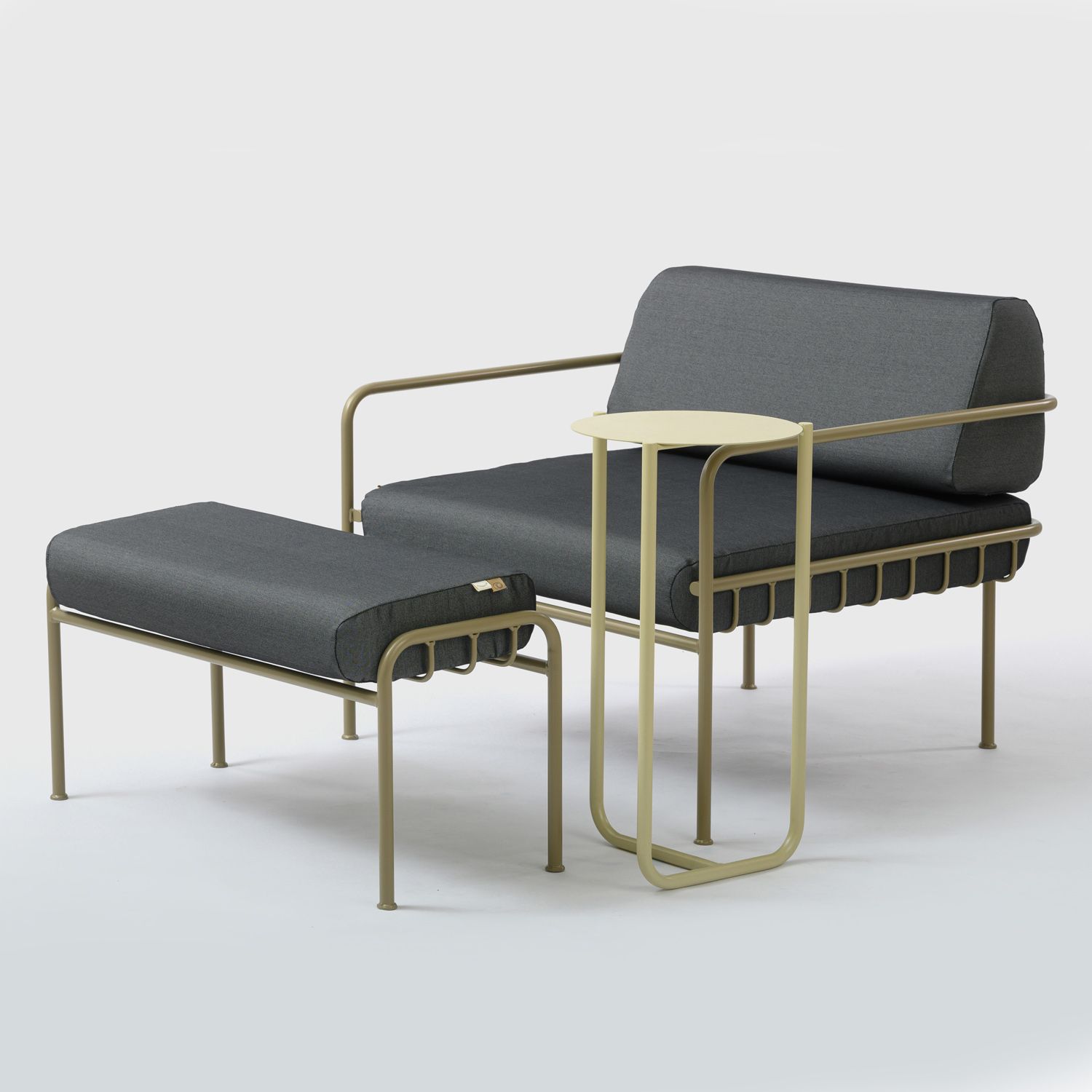
I also really liked the simple yet detailed color palette of the BANANATEX® fabric, as well as the beautiful texture of the material. Moreover, the BANANATEX® team and I felt from the very first moment that we had a similar idea of what the important values are in development: beyond the quality of the fabric, we felt as a team that we could work well together in the long term, which is why we decided to use a banana leaf-based textile.
Based on the success of Tangens, what are your plans for CoTangens? Will you continue to work with Rotte Ltd. in the near future?
We also want to present CoTangens on the international market and at exhibitions. We have a lot of work ahead of us, in which we can also cooperate very well with the Rotte team: with project manager Katalin Gazdag and company owner József Illés and his daughter Regina Illés, we have a very good working relationship. How the furniture family will be received is still to be seen.
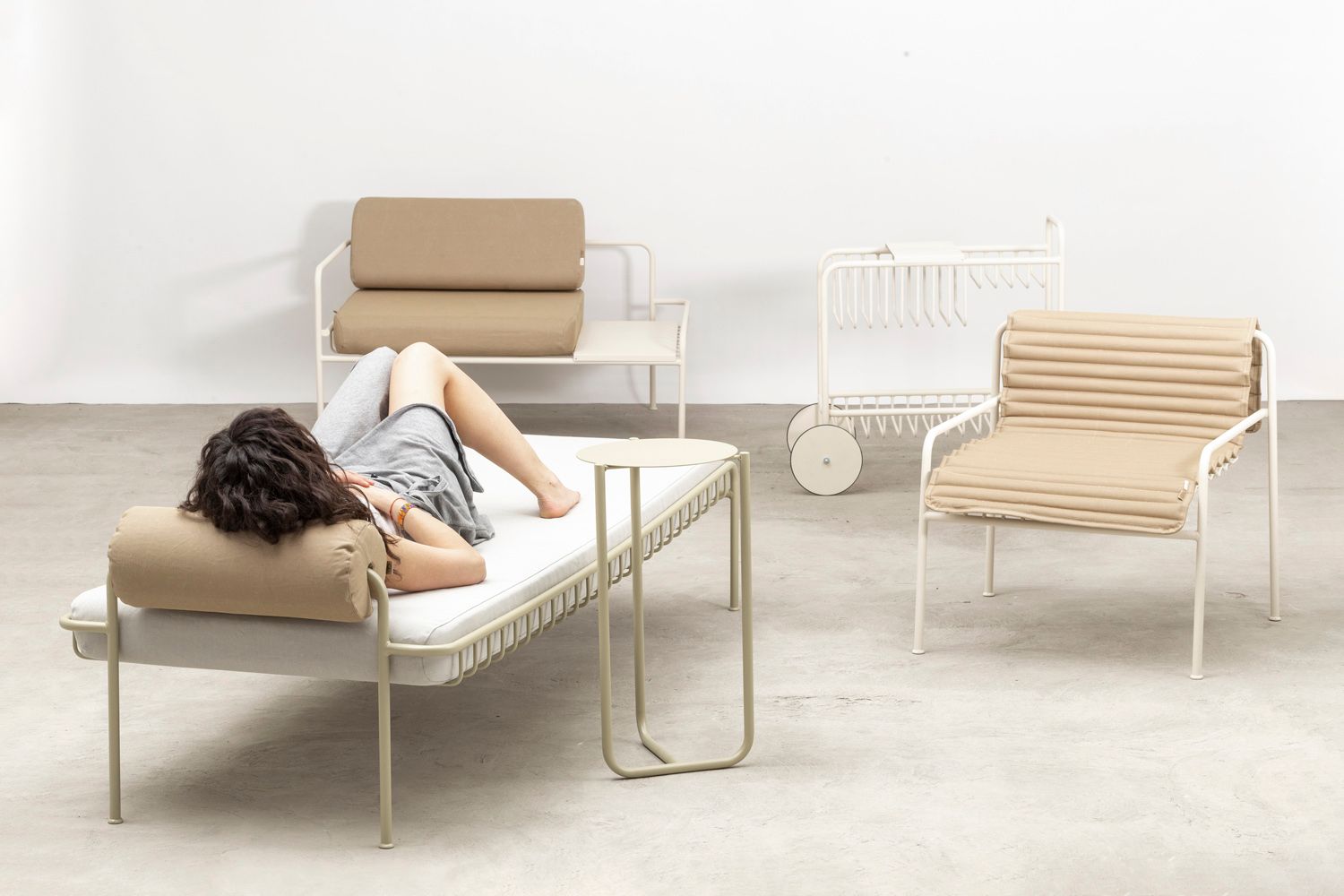
The CoTangens outdoor furniture collection and elements of Tangens, as well as other design products from the design LAB incubation program, are on display in the MaxCity exhibition space until the end of June.
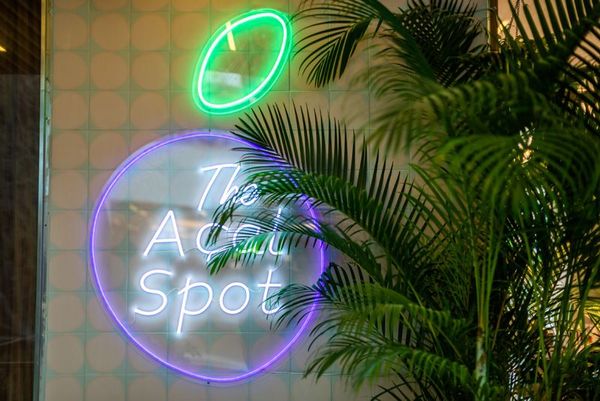
The superfood craze is raging in Budapest, too | The Acai Spot

The Visegrád Group is neither a geopolitical nor a military entity | Neighbourhood Dialogues x V4










